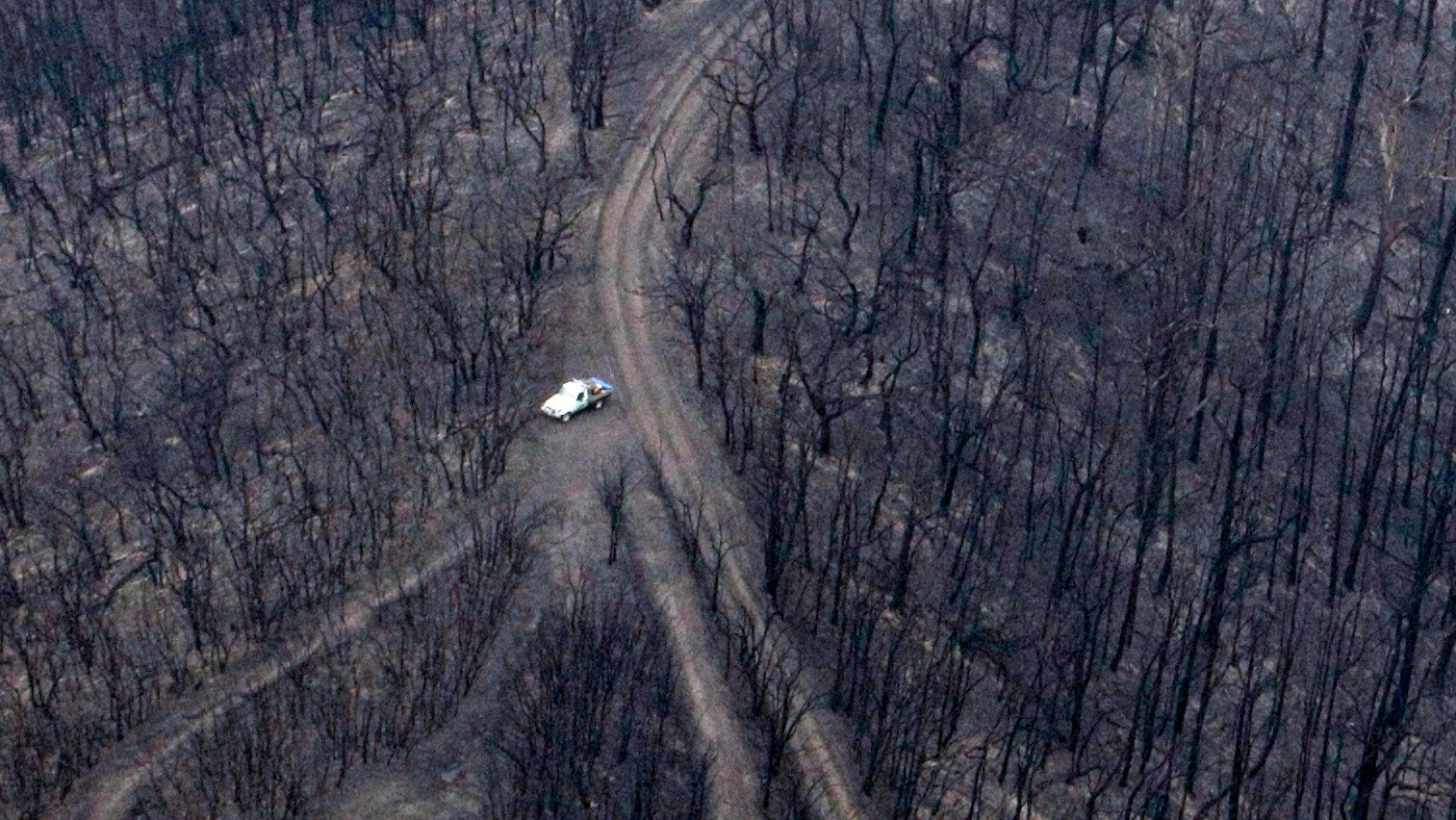Emissions from wildfires have fallen over the last century—that’s not necessarily good news
Devastating wildfires raged across the globe in 2017, from Australia to Portugal. The worst-hit area was most likely California, where wildfire victims have filed insurance claims worth an estimated $30 billion. As climate change worsens, scientists predict wildfires will get bigger.


Devastating wildfires raged across the globe in 2017, from Australia to Portugal. The worst-hit area was most likely California, where wildfire victims have filed insurance claims worth an estimated $30 billion. As climate change worsens, scientists predict wildfires will get bigger.
So far, however, the number of wildfires over the last century has fallen. That’s the conclusion of a new study undertaken by researchers from the Canadian government’s environmental department, and published in Nature Communications today (April 17). The work furthers a NASA study on the subject published last year, which came to the same conclusion but only looked back two decades.
This may seem like good news at first, but it’s really not. The reason for fewer wildfires is simple: As humans have cut forests to build farms and settlements, there is less forest cover that can catch fire. And the impact of that human-made environmental change on nature is complex.
Wildfires have raged ever since plants moved from the ocean to the land hundreds of millions of years ago. In this period, evolution has helped plants in fire-prone regions adapt to these violent events. In grasslands, for example, fires pass quickly without heating the soil underneath. This allows roots in the ground to avoid damage, so grass and other plants grow back quickly. In some cases, a wildfire can be a boon to an ecosystem. After a fire, new leaves shoot up, attracting herbivores and kickstarting an ecological rejuvenation.
Of course, wildfires also damage human-made structures, put humans at risk, and release carbon held in trees into the atmosphere. From that perspective, a decline in wildfires is good: it means less carbon dioxide emissions from that one source. The trouble is those benefits are, according to the Canadian government study, mitigated by loss in forest cover, and, therefore, a decrease in CO2-absorbing greenery,
Overall, there has been a reduction in overall wildfire-related CO2 emissions, but that’s only because of human effort to stop the spread of fires. That, the study says, led to a drop in about 500 million metric tons of carbon dioxide per year in the period from 1960 to 2009. For context, annual global emissions today stand at about 38 billion metric tons of carbon dioxide. The researchers reached the conclusion using sediment records and satellite data, along with computer modeling.
In other words, we are slightly making up for the environmental damage done by our deforestation by controlling wildfire spread. But only slightly.
There are limitations to the study. It doesn’t compare the benefits of reducing wildfire emissions to the loss of ecosystem services from deforestation. It also doesn’t consider whether wildfires are becoming more severe (previous studies have shown this is the case), which could affect the true amount of carbon emissions. Nevertheless, as the world looks to hit zero emissions and the climate goals set under the Paris climate agreement, we need to understand better how every carbon source and sink can help us get there.